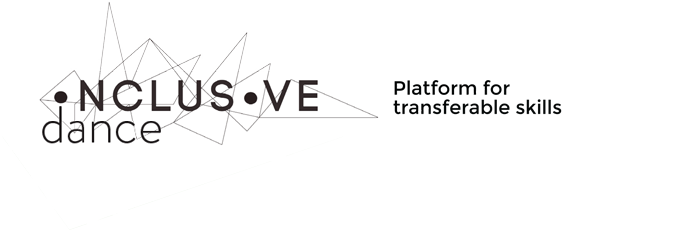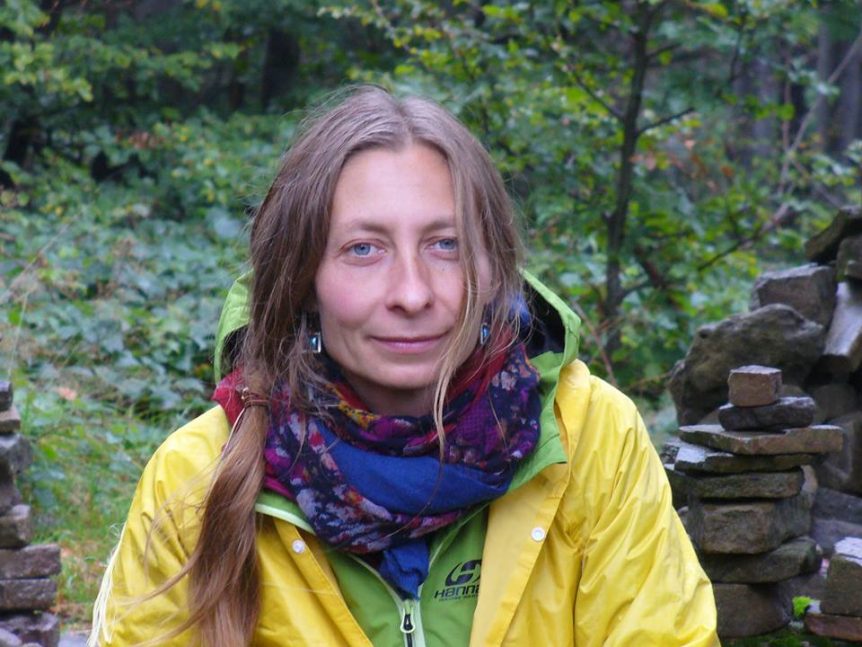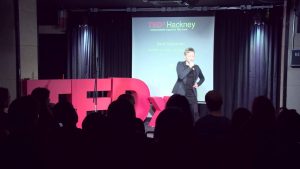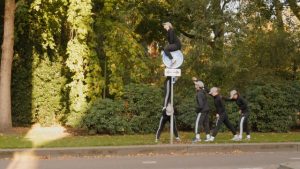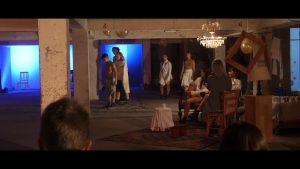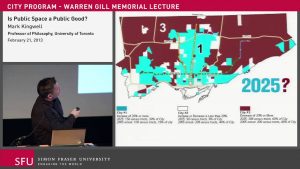by Katerina Dietzova
teacher of English language, leader of dance classes for children, leader of dance classes for people with Parkinson’s disease in Ostrava
Marie studied English language at University Pardubice and until today she is teaching English at Waldorf Secondary school and works as a translator. Next to that dance was always following her through her life. She started in a folklore dance company and from there continued with contemporary dance, dance therapy, music therapy, flamenco and Argentinean tango. She followed an education of dance/movement therapy at Alternativa Academy Olomouc profession and after that study program The Conscious body based on Laban/Bartenieff movement analysis and Body Mind Centering.
Nowadays she leads the classes of spontaneous dance and dance meditation for children in children homes and dance classes for people with Parkinson’s disease.
- What is your profession? How do you earn your living?
Basically now my professional field is divided into firstly dance work with Parkinson dancers, secondly spontaneous dance lessons which I lead, and thirdly dance meditations I have in Children’s Home. Next to that I also teach English at Waldorf Secondary School and I translate different workshops.
- How did you start dancing? Was dance always part of your life? And which kind of dance practice are you nowadays dedicated to?
I started dancing as a little girl. And it was folk dance I was practicing for ten years. Later my focus moved to modern dance, my latest dance love is flamenco and tango argentino. At present I am mostly doing spontaneous dance and visit infrequently ballet lessons or different dance workshops.
- How did you get to the dance for Parkinson‘s classes?
Rena Milgrom who introduced me to the Laban Movement Analysis, which I studied for two years, offered me to take part in this unique project.
- How did your view on dance change thanks to the work with people with Parkinson’s?
I am perfectly aware of how important is the energy, the spontaneity, the joy and the elevated mood, that the dance brings to human soul, as does every artistic expression.
- What is the sense/aim of dance for people with Parkinson?
The main goal for me is what I have just mentioned: the feeling of elevated mood, discover the power of the expression of beauty through the body movements, especially in the case of Parkinson dancers.
- How does teaching dance classes for Parkinson’s fit within your profession? Is there something what you could “re-use” from you other teaching activities?
I work all the time with people; I lead people and open their possibilities. Either I help to widen their body expression or oral and written expression, when working with the language. Both ways are exciting and creative. For both I need to look into person´s psyche and to pay special attention to individual feelings and needs. Both are helping professions. Everything I do intervenes mutually. And I am glad to it.
- Could you share the most valuable moment of experience from this class?
There are many. For example when people do not want to leave. They say they are tired physically but full of energy and joy and it keeps me persuaded, that I am doing the right job.
